Content Sections
January is a month typically associated with new resolutions, goal-setting and healthy behaviours. So, whether you’re detoxing, taking part in ‘Veganuary’ or already a committed vegan or vegetarian, we’ve published a selection of our new plant-based, keto-adapted recipes ahead of the launch of the forthcoming expanded and updated edition of our eBook, “Your Food4Health Guide for Resilience and Metabolic Flexibility”, expected next month. Following the KISS principle, it’s been renamed “Reset Eating” because the information, eating guidelines and recipes offer an invitation for a full metabolic (and immunological) reset, whether you are vegan, vegetarian or flexitarian. We can’t wait till it’s available, so watch this space for more details!
>>> Download your copy of KETO-ADAPTED RECIPES FOR VEGANS & VEGETARIANS
Whilst we don’t think diets including animal food sources have to be unhealthy, and we’re not solely advocating a vegan or vegetarian diet, we do wholeheartedly recommend a heavily plant-based diet. If you choose to stick at that point, then it’s really important that you have sufficient information to make sure your daily eating includes sufficient nutrient-density and diversity to provide what your body needs to function optimally and maintain vitality and vigour for the long term.
Getting keto-adapted
‘Going keto’ can pose more of a challenge if you’re vegan or vegetarian for the simple reason that the vast majority of plant-based protein foods, with a few exceptions, come with a hefty helping of carbohydrates. Hence, eating a vegan diet that contains no animal products can be low in protein and fat and high in carbs. This configuration of macronutrients can trigger some people into metabolic dysregulation after a while. For these people, it can make it hard to keep inflammation at bay and maintain a healthy weight with good lean muscle tone.
But it doesn’t have to be this way. You can stay fully plant-based and vegan, and still go low carb. It just takes a bit more work so you can make sure your meals are balanced, that they provide the nutrients your body needs to optimise function and be well and that you are getting in sufficient healthy fats to drive your fat-burning (beta oxidation), ketone-generating pathways. For vegetarians, eggs and dairy (if tolerated) can be very useful additions on the journey to keto-adaptation. There are a couple of recipes in the sample selection that can be vegan or vegetarian depending on whether you eat eggs or dairy.
Designing plant-based meals
When designing vegan or vegetarian meals, the following are really helpful to keep in mind:
1) Make protein a priority - for optimal health adults should be consuming an absolute minimum of 1g of pure protein per kg of body weight, but 1.4g / kg bw is better and more if you’re stressed, active or recovering from illness. However, plant-based proteins can be harder to assimilate and utilise, so you usually need more than if derived from animal protein sources. Also remember that not all the food we label as proteins are just protein. For example, a cup of chickpeas yields about 8g, as against around 20g for a 100g chicken breast. If you need to up your protein levels across your day's eating, then plant-based protein powders in a smoothie or added to savoury dishes can be really helpful as they’re pure protein and not combined with any carbs. A useful resource for nutrient calculations is the USDA FoodData Central database, formerly known as the USDA Nutrient Database.
2) Fats for fuel - the word ‘keto’ is derived from the word ketones, which is what our bodies make when we burn fat for energy, instead of glucose. Ketones are actually our evolutionary, primary fuel so not unnaturally, they’re also highly efficient (a little goes a long way), very protective and ‘clean’ burning, unlike sugars. In order to get keto-adapted, you need to restrict sugars by going low-carb and then bring your fat burning, beta oxidation, pathways out of mothballs. Even if they’ve been disused for decades, they will come back online if you persevere, but as we’re all individual, some of us burn fat better than others. However, the key here is to feed your body with the right level of healthy fats to get your beta oxidation humming so you can literally burn fat in your sleep! As fats yield 9 calories of energy per gram and protein and carbs only 4 calories per gram, fats are most definitely better fuel. However, on a vegan or vegetarian diet, you need to make sure you’re designing your meals around fats as well as proteins. Top fats on a vegan diet will be olive oil, avocado oil, coconut oil (plus the cream and butter), tree nuts & tree nut oils (all nuts except peanuts which are actually legumes) and cocoa butter. Go easy on the seed oils and try and avoid vegetable oils altogether as they can really skew your essential fatty acids in the wrong direction.
3) Count carbs not calories - calorie counting should most definitely be relegated to the history books now. If you’re wondering why, then consider 100 calories of broccoli and 100 calories of ice cream and the effect that each have on the body. Enough said. Instead, monitor your carb intake. If you’re starting this anew, taking what feels like a draconian step and limiting fruit to a maximium of 3 pieces a day (less if you can), plus removing grains and starchy root veg (only initially) from your diet will expedite your fat burning journey significantly. Understanding the effect of foods on blood sugar is really helpful so take a look the glycaemic index (GI) and load (GL) of different foods. The GL is what’s important as that speaks to the effect of foods on blood sugar once you’ve eaten them. As you can see in our sample recipe book above, it’s very easy to be vegan/vegetarian and still be low-carb and keto-adapted, but using a lot of above ground vegetables is key.
4) Diversity is the deal - talking of vegetables… We’re huge proponents of ‘eating a rainbow’ every day. Apart from creating very moreish meal art, the different colours in Nature’s palette supply us with powerful plant phytonutrients that have multiple health benefits. Rainbow diets also supply essential fibre, prebiotics, vitamins, minerals, enzymes ‑ and more gut bacteria for a diverse, healthy microbiome. Too many people are eating a diet vastly reduced in diversity. There are around 300,000 known plant species, with about 28,000 of those known to be of medicinal use, yet humans are only consuming around 200 of them. Worse, the average household's diet usually revolves around the same 20 or so foods day in and day out. This lack of diversity has real knock-on effects for our health, but this is where vegans and vegetarians score massively. Interestingly, we've been told in a private communication by a documentary film maker that orangutans in SE Asia consume around 300 foods, many for medicinal use. So, be creative and keep experimenting with plant foods you’ve never eaten in the interest of expanding your diversity as well as using lots of fresh herbs and spices.
5) Quality, Timing and frequency - this one is about all the things to try and avoid, like damaging your food with high temperature cooking, eating too frequently and too much. Heat damage can completely change a food from healthy and beneficial to one that creates a damaging downstream of effects. Avoid snacking between meals to give your gut time to rest and leave at least 5 hours between meals, but more if you can. Don’t eat when you’re not hungry and if you want to drop a meal and only eat one or two per day, listen to your body and do it. We all eat far too much in the developed world. Our bodies are built for famine and not for feast, so eat off a smaller plate, eat less frequently and leave large time gaps between meals. You’ll feel much better for it and you’ll burn a lot more of your own fat for fuel.
Article archive
We have written extensively on metabolic flexibility and how to stoke your metabolic fire through resetting your eating and lifestyle habits. Here are a few, but you can find the entire list on our Food4Health campaign page:
- ANH Food4Health Plate: the starting point for metabolic flexibility
- ANH-Intl Feature: Fuel efficiency and the Food4Health Plate
- Confused about carbs?
- The Obesity Fix - Part 1
- The Obesity Fix - Part 2
>>> Return to ANH homepage
>>> Visit Food4Health campaign page




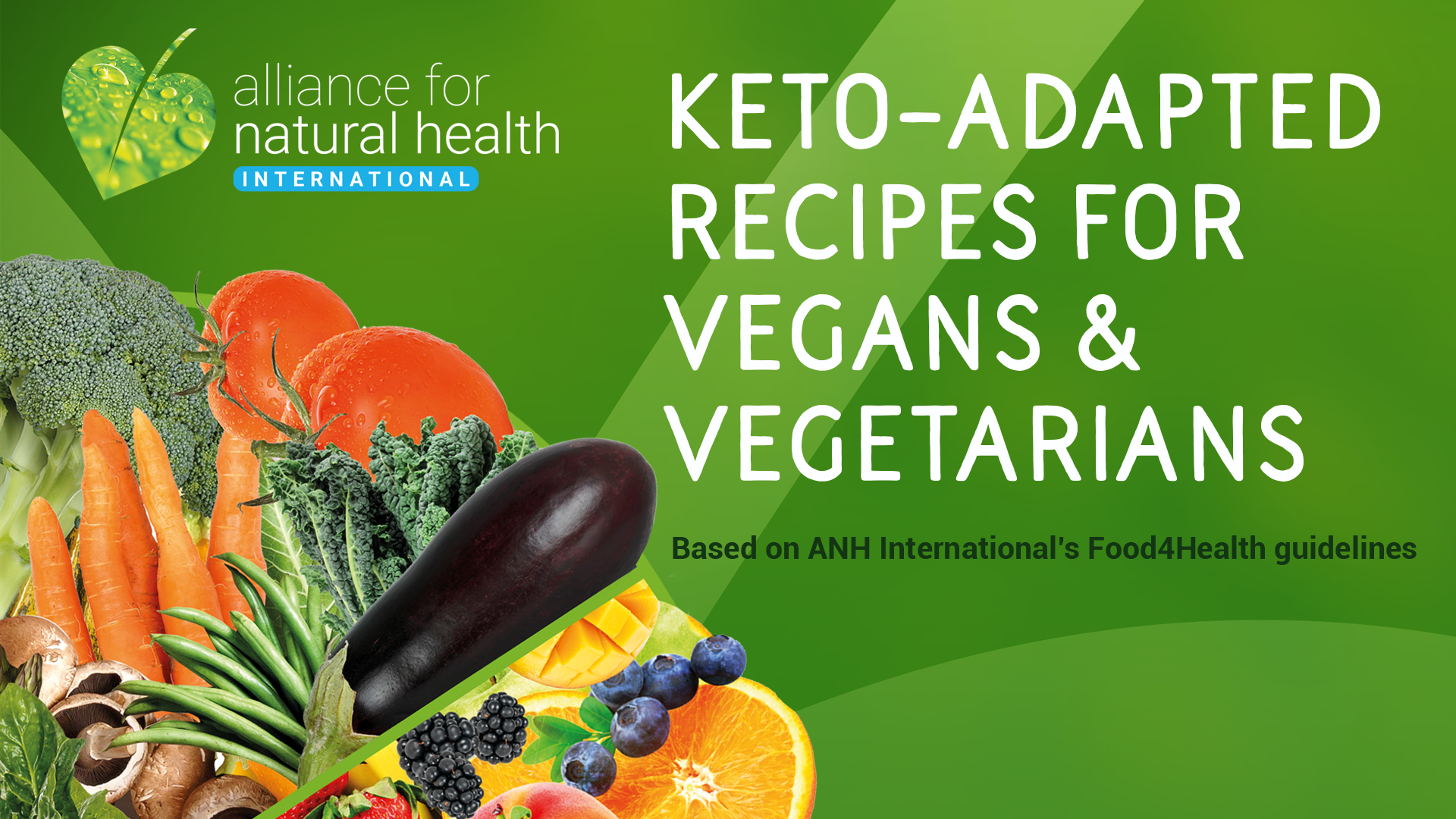
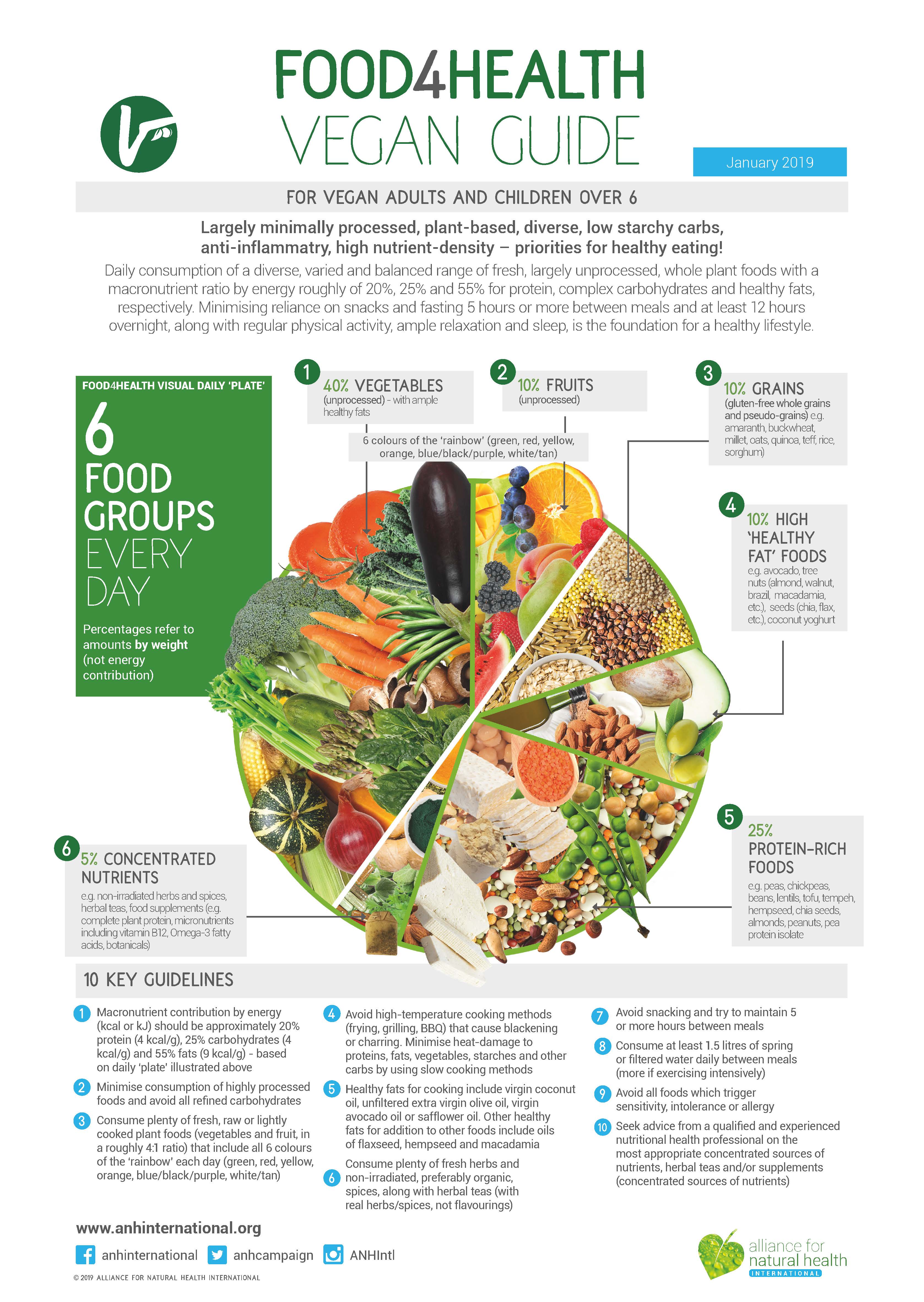
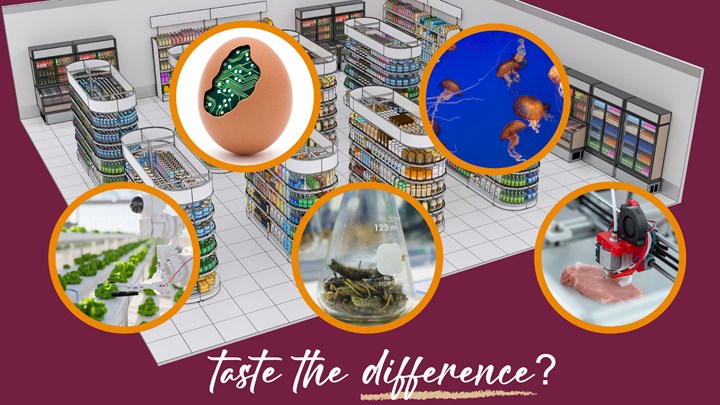
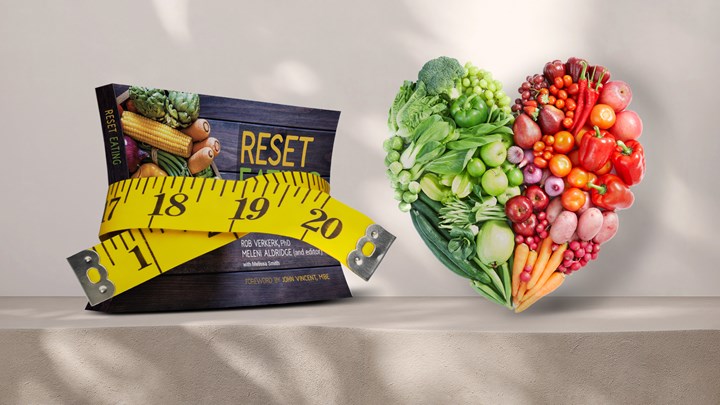
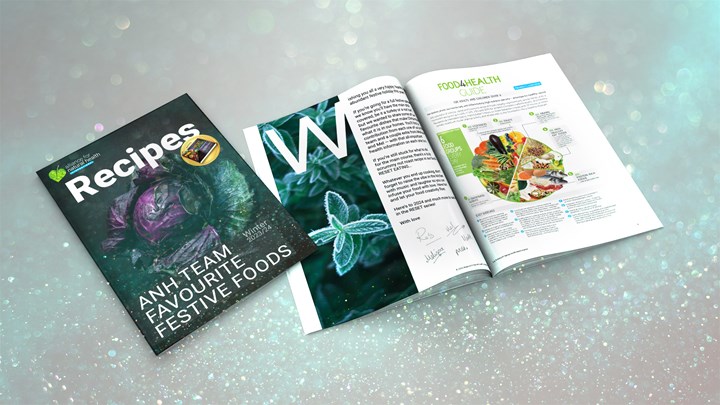
Comments
your voice counts
15 January 2021 at 6:01 am
Thankyou so much Robert for all your invaluable information,put so simply and easy to digest ,(excuse the pun!)
15 January 2021 at 6:35 am
Hi Angela
Thanks so much for taking the time to comment and letting us know you enjoyed the article. We hope you enjoy the recipes equally.
Warm regards
Melissa
15 January 2021 at 11:34 am
Ketogenic diets are a fantastic tool for the health utility belt. I've personally experienced massive benefits, especially when I take into consideration resources that you and other advocates of low-carb lifestyles have produced. Thank you!
19 January 2021 at 10:59 pm
Hello Rupert, thank you ever so much! Well written, easy to digest. Fwding on to so many people who really need to see this! I have been doing mostly vegetarian keto meals for nearly a year, and am thriving on it. Ditched all autoimmune disease meds, and managed to shrink a brain tumour!
20 January 2021 at 4:20 pm
Hi Annelize
It's great to hear how well you're doing on a vegetarian keto diet. We hope the new erecipe book gives you new inspiration. Do look out for our updated eBook, which will contain even more keto vegetarian and vegan recipes. It's due to be launched in February.
Warm regards
Melissa
17 February 2021 at 12:36 pm
Great information and recipes thanks 🙂 Just spotted that the aubergine recipe doesn't seem to have aubergine in the ingredients list.. Is it just one?
17 February 2021 at 1:58 pm
Hi Andrea
Thanks so much for letting us know about the omission! It should be 3 aubergines and 4 large fresh tomatoes. We will get the PDDF updated and replaced. I'll send you an updated copy once it's ready.
Thanks again.
Warm regards
Melissa
Your voice counts
We welcome your comments and are very interested in your point of view, but we ask that you keep them relevant to the article, that they be civil and without commercial links. All comments are moderated prior to being published. We reserve the right to edit or not publish comments that we consider abusive or offensive.
There is extra content here from a third party provider. You will be unable to see this content unless you agree to allow Content Cookies. Cookie Preferences